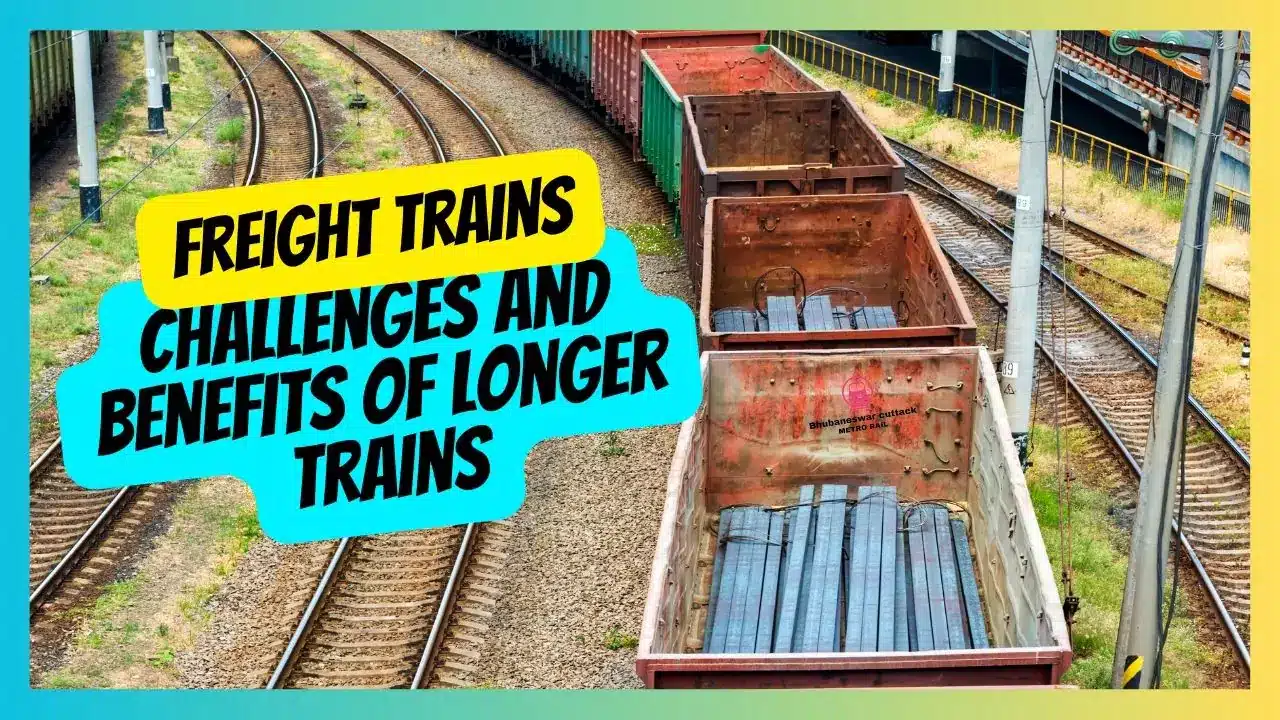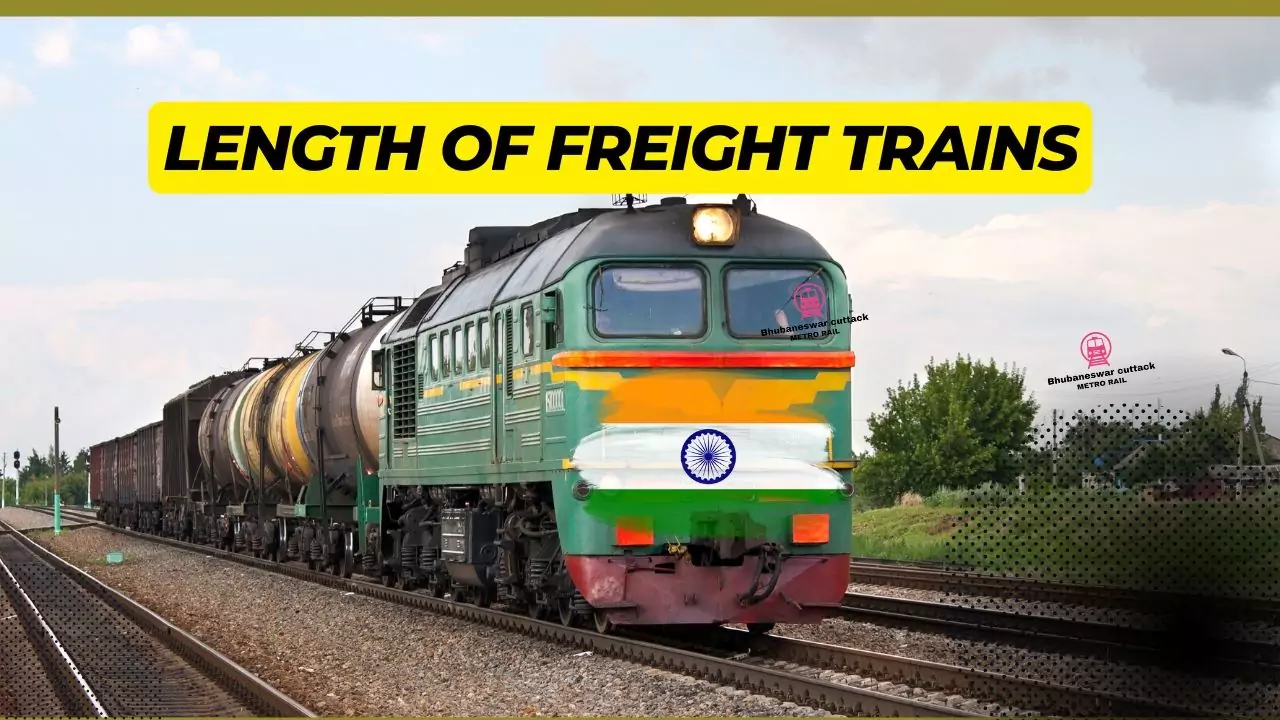Length of Freight Trains
Length of Freight Trains, the workhorses of transportation, vary significantly in length based on several factors. From cargo demands to technological advancements, these trains have evolved over time, shaping the global logistics landscape.
Factors Influencing Freight Train Length
Cargo and Industry Requirements
The primary factor influencing the Length of freight trains is the type and volume of cargo they transport. Industries such as mining, agriculture, and manufacturing often require trains of varying lengths to efficiently move their goods across vast distances. Bulk commodities like coal or grain may demand longer trains due to their high volume and lower density, while specialized cargo like automobiles may require shorter trains due to their specific handling needs.
Infrastructure and Track Design
Railway infrastructure plays a pivotal role in determining the potential Length of freight trains. Factors like curve radius, track gradients, and the layout of terminals significantly impact the train’s length. The design of rail tracks must accommodate longer trains without compromising safety or operational efficiency.
Technological Advancements
Advancements in locomotive power, braking systems, and communication technologies have facilitated the extension of freight trains. Modern trains equipped with more powerful engines and improved braking mechanisms can efficiently handle longer loads. Additionally, technological innovations in signaling and control systems enable better coordination and management of longer trains.

Typical Lengths of Freight Trains
Historical Evolution of Length of Freight Trains
The history of freight trains showcases a remarkable evolution in their lengths. From the steam-powered locomotives of the past to today’s diesel-electric giants, the average length of trains has seen significant growth. Milestones in train length expansion have been achieved through improved technology, operational efficiency, and changes in industry demands.
Average Lengths Across Different Regions
Train lengths vary across different regions and countries based on factors like infrastructure investment, industrial demands, and governmental regulations. For instance, countries with extensive rail networks and high cargo volumes might operate longer trains compared to regions with less developed railways.
Variations Based on Cargo Types
Different types of cargo dictate the length of trains. Bulk commodities like ores, grains, and liquids often require longer trains due to their volume, while perishable or fragile goods might necessitate shorter trains for quicker and more controlled handling.
Challenges and Benefits of Longer Trains
Operational Challenges and Solutions
Operating longer trains presents logistical challenges, including longer loading and unloading times, increased complexities in scheduling, and the need for more sophisticated maintenance procedures. Railway operators continuously innovate to address these challenges, developing efficient loading techniques and scheduling systems to maximize operational efficiency.
Environmental and Economic Implications
Longer freight trains can offer economic benefits by reducing per-unit transportation costs. They often consume less fuel per ton of cargo compared to shorter trains, leading to reduced greenhouse gas emissions and environmental impact. However, the initial investment in infrastructure upgrades to support longer trains might pose economic challenges for railway companies.
Safety Considerations and Regulations
Safety remains a paramount concern when operating longer freight trains. Factors like visibility, braking distances, and track capacity influence safety regulations governing maximum train lengths. Regulators and operators must strike a balance between operational efficiency and safety to ensure the smooth functioning of longer trains.
Frequently Asked Questions (FAQs)
How long can freight trains be?
Freight trains’ lengths vary widely and can extend for miles based on cargo and infrastructure capacity.
Are there limits to the Length of freight trains?
Regulatory bodies often set maximum train length limits based on safety considerations.
What factors determine the maximum length of a freight train?
Track conditions, braking capabilities, and regulatory standards are primary factors.
How does train length affect efficiency?
Longer trains can increase efficiency by reducing per-unit transportation costs
Are Length of freight trains more cost-effective?
In the long run, longer trains can be more cost-effective due to reduced fuel consumption per unit of cargo
What are the challenges faced when operating longer trains?
Longer loading times, scheduling complexities, and infrastructure requirements are key challenges
How do different cargo types impact the length of trains?
Bulk commodities typically necessitate longer trains due to their higher volume
Are there safety concerns associated with Length of freight trains?
Yes, safety concerns include braking distances, visibility, and track capacity.
What role do technological advancements play in extending train lengths?
Improved locomotive power, braking systems, and communication technologies enable the operation of longer trains.

